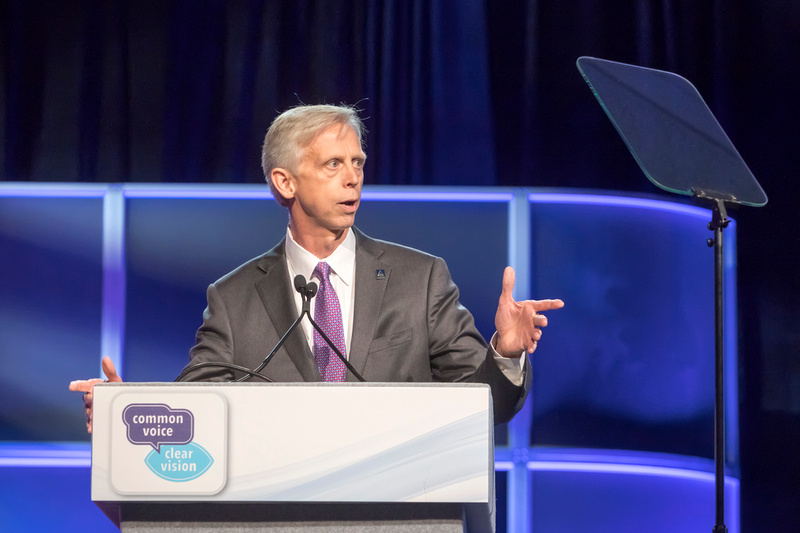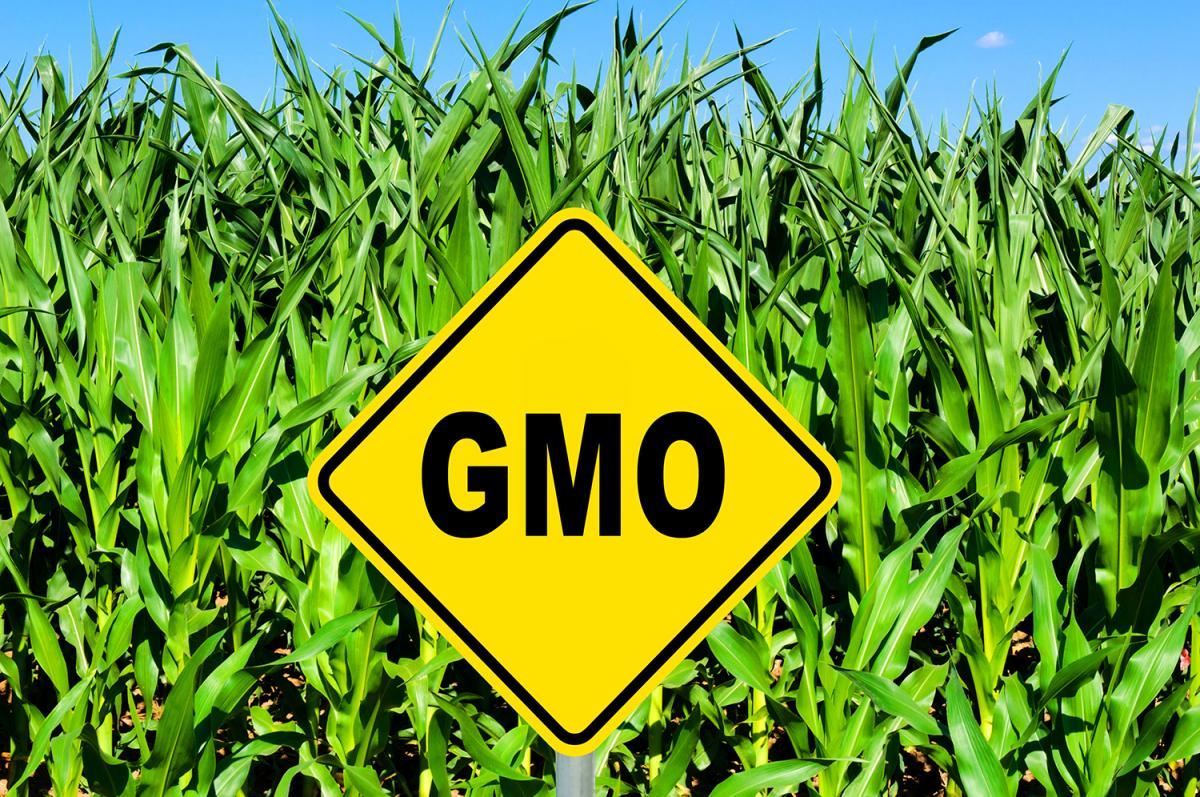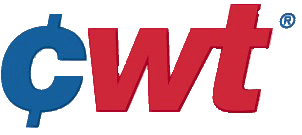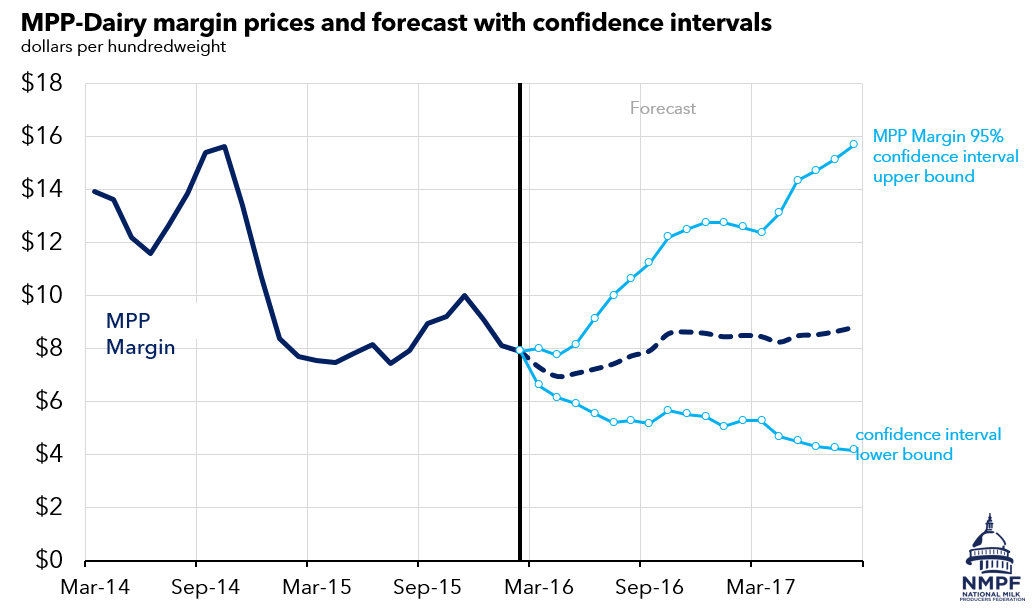 At National Milk’s 100th annual meeting, President and CEO Jim Mulhern noted the occasion by reminding attendees of NMPF’s crucial role as a strong advocate for its members in areas including expanding economic opportunities for farmers, and shaping consumer perception of farming practices.
At National Milk’s 100th annual meeting, President and CEO Jim Mulhern noted the occasion by reminding attendees of NMPF’s crucial role as a strong advocate for its members in areas including expanding economic opportunities for farmers, and shaping consumer perception of farming practices.
Speaking in front of dairy industry leaders and stakeholders in Nashville, Tenn., Mulhern said that as one of Washington’s leading agriculture policy groups, NMPF will continue its aggressive dedication to issues such as economics, trade, animal care and nutrition.
“We will speak out, we will push back, when those who don’t necessarily have your interests at heart push their agenda at our expense,” he said.
The dairy farming landscape – and the world outside of it – have changed considerably, Mulhern said, but he said changing times will not shift NMPF’s focus on priorities important to its members. These include improving the Margin Protection Program, which he said has yet to “live up to its intended potential” amid a struggling dairy economy, but is still the right program for the dairy industry’s future. Mulhern said NMPF will work with the new Congress to make necessary improvements in the primary safety net for farmers.
Mulhern also called for immigration reform to assure an adequate workforce for America’s dairy farms, and the need for dairy to seek opportunities for greater market access all over the world, including through carefully-negotiated trade agreements.
With the debate over sustainability at the forefront of many people’s minds, Mulhern discussed NMPF’s leadership efforts to bring other farm groups together in challenging Dannon USA’s pledge to source its milk from only cows that consume non-GMO feed, what he called a “fear-based marketing tactic.” The farming community must project a stronger, louder and unified voice as it dispels false marketing claims, he said. [see story below]
In the latter half of his presentation, Mulhern discussed the positive momentum behind some of NMPF’s key priorities. This includes the changing consumer perceptions on the role of fat in a healthy diet, and the success of the National Dairy FARM Program, which has expanded to also focus on antibiotic and environmental stewardship. Today, more than 98 percent of the nation’s milk supply is now covered under the program.
Mulhern said learning from the past, and analyzing consumer and economic trends, are key “to creating a brighter future for dairy.”

 Efforts by the Food and Drug Admiration to advocate a one-third reduction of the sodium content of cheese drew strong opposition last month from NMPF.
Efforts by the Food and Drug Admiration to advocate a one-third reduction of the sodium content of cheese drew strong opposition last month from NMPF.  The Environmental Protection Agency (EPA) pursued a highly-politicized approach to implementing its controversial Waters of the U.S. regulation updating the Clean Water Act, according to a congressional report issued last month. That report, coupled with the anticipated change in management of the EPA under the new Trump Administration, is likely to result in the demise of the highly-contested WOTUS rule.
The Environmental Protection Agency (EPA) pursued a highly-politicized approach to implementing its controversial Waters of the U.S. regulation updating the Clean Water Act, according to a congressional report issued last month. That report, coupled with the anticipated change in management of the EPA under the new Trump Administration, is likely to result in the demise of the highly-contested WOTUS rule. The U.S. Department of Agriculture has started work on the required regulations for a mandatory labeling system for foods produced using biotechnology, following legislation passed into law in July.
The U.S. Department of Agriculture has started work on the required regulations for a mandatory labeling system for foods produced using biotechnology, following legislation passed into law in July.

 A new economic study commissioned by the Consortium for Common Food Names (CCFN) – of which NMPF is a member – has determined that a decline in U.S. cheese consumption due to the seizure of common food names by the European Union could amount to $5.2 billion in 10 years and drive a resulting cumulative farm losses of $59 billion in revenue.
A new economic study commissioned by the Consortium for Common Food Names (CCFN) – of which NMPF is a member – has determined that a decline in U.S. cheese consumption due to the seizure of common food names by the European Union could amount to $5.2 billion in 10 years and drive a resulting cumulative farm losses of $59 billion in revenue. At National Milk’s 100th annual meeting, President and CEO Jim Mulhern noted the occasion by reminding attendees of NMPF’s crucial role as a strong advocate for its members in areas including expanding economic opportunities for farmers, and shaping consumer perception of farming practices.
At National Milk’s 100th annual meeting, President and CEO Jim Mulhern noted the occasion by reminding attendees of NMPF’s crucial role as a strong advocate for its members in areas including expanding economic opportunities for farmers, and shaping consumer perception of farming practices. This year’s Joint Annual Meeting held a special message for dairy producers as they adapt to far-reaching changes in the economy and consumer marketplace: Unite behind a common voice and follow a clear vision to create a positive image for dairy in the future.
This year’s Joint Annual Meeting held a special message for dairy producers as they adapt to far-reaching changes in the economy and consumer marketplace: Unite behind a common voice and follow a clear vision to create a positive image for dairy in the future. The election last week of Donald Trump as president will usher in a new approach in Washington to issues of interest to dairy farmers, and NMPF is already engaging with the Trump transition team, as well as officials in the House and Senate, to identify paths forward on several priority issues.
The election last week of Donald Trump as president will usher in a new approach in Washington to issues of interest to dairy farmers, and NMPF is already engaging with the Trump transition team, as well as officials in the House and Senate, to identify paths forward on several priority issues.



